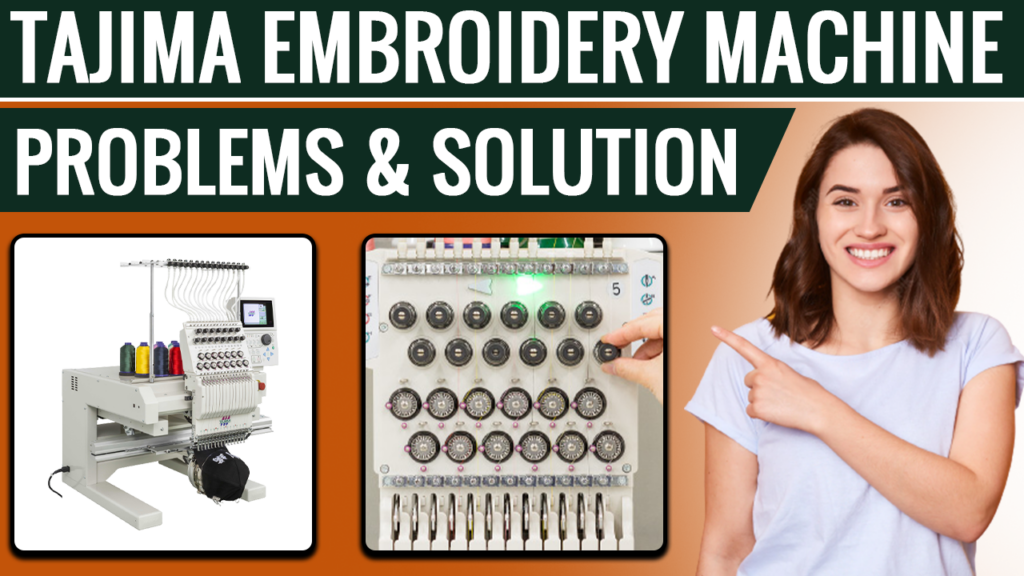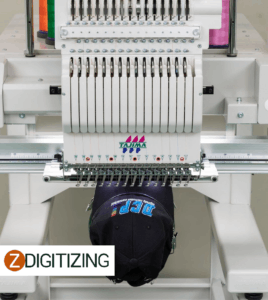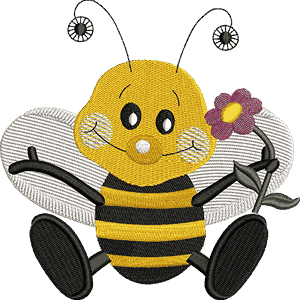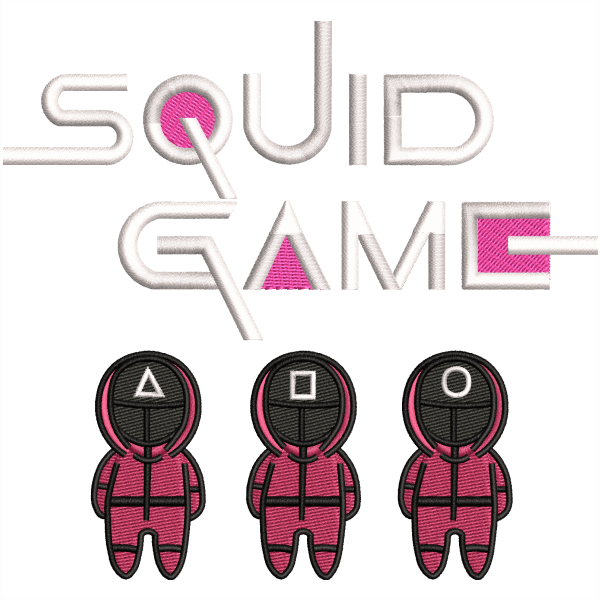Tajima Embroidery Machine Common Problems And Solutions
The topic for today’s article is very interesting “Tajima Embroidery Machine Common Problems And Solutions.”
Unlike most other machines, Tajima’s innovative networking technologies enable you to link as many embroidery machines as you desire, making it suitable for prominent manufacture. Tajima machines can occasionally malfunction. Likemany other embroidery machines, Tajima embroidery machines are effortless to maintain and operate. Often, a little problem may be solved with a little bit of effort and imagination.

Tajima embroidery machine common problems and solutions
However, if you are familiar with some of the most frequent Tajima embroidery machines codes and errors and how to handle them, you will be amazed at how quickly they may be resolved. Fortunately, many of these issues can be avoided with proper setup and maintenance, but you have already had problems.
Tajima Embroidery Machine Troubleshooting Bobbin:
It is critical to ensure that the bobbin is correctly wound and in the correct position while solving the Tajima embroidery machine problems with the bobbin. The embroidery machine has issues with the bobbin thread and color thread. It begins to stitch a few times before giving up with error 291.

Since no trimming was made on the previous color while changing colors, the machine generally needs to be stopped between both colors to trim it. However, the computer has experienced enough trouble to believe that these issues are unrelated.
Always use Tajima-branded bobbins since other manufacturers may degrade the stitch rate or, in some of the worst cases, cause damage to your machine.
Embroidery Digitizing
&
Vector Art Services
Are you looking for embroidery digitizing and vector art services at low cost with superfast turnaround, guaranteed quality and preview before pay? So, you are at right place. We can digitize and vectorize any type of artwork in your required file format.
Machine Not Sewing:

Some frequent things to look for are as follows:
- First, make sure that the bobbin winder shaft has not been moved to the right; if it has, move it to the left.
- Make sure your machine is threaded correctly by turning the hand wheel to its highest position, which will place the needle in the properthreading position. Also, when loading the machine, make sure that the presser foot is raised entirely.
- Insert your bobbin into the machine in the proper position. When using fully enclosed bobbins, the thread must be wound around the bobbin in an anti-clockwise manner to work correctly. Make use of the guides provided by your machine or consult your user guide.
Make sure that the foot of your mechanical sewing machine is down before you begin stitching. Some computerized equipment will prompt you to complete this task on your own. For example, if you check for damages on the bobbin and find them, you must change it immediately.
Not Picking Up The Thread Automatically:

It might be because you are holding on to the needle thread too firmly, in which case you would need to loosen your grip to resolve the issue. You may also become caught up in the top thread, which would require you to stop and disentangle it.
The needle may then be deformed or improperly threaded as a result. If the fault is with the needle in the first case, replace it; if the problem is with the thread in the second case, re-thread it. If the needle is not placed correctly, this might be the root of the issue, and you would have to re-insert it properly for the machine to operate correctly.
Alternatively, if the bobbin is not correctly threaded or the bobbin region is unclear. If the bobbin is the source of the Tajima embroidery machine troubleshooting, it should be replaced, and the surrounding area must be cleaned.
Reset The Machine:

The machine’s settings, including the date and time and the Ring Delay, May all be restored if you choose to undo any modifications.
The Top Tension Is Too Tight:

To accomplish this, adjust the knob in a way that causes the number to decrease. You could want to experiment with going half or a number less than the present maximum tension. Test the new tension on a tiny piece of cloth with an alternate thread color to see how it works.
Reduce the tension to the lowest setting possible until you can stitch uniformly on both sides until the bottom thread no longer usually appears at the top.
Conclusion:
The Tajima Embroidery machine is one of the most popular sewing machine brands available on the market. However, if you ever experience a tension problem, always check your handbook to see any specific instructions for dealing with such Tajima embroidery machine troubleshooting issues.
Do you Need a digitizing or vector art service for your embroidery or screen printing business, With super fast turnaround and excellent quality? Just click the link and get a free quote in less than 5 minutes.
If you want digitized designs in multiple sizes with your embroidery machine file format, click the link.
Hope it will be helpful for you guys!
If there’s any question related to this article you can simply ask in the comment section and don’t forget to share with those you think might be helpful for them.
And finally, thanks for reading!
Frequently Asked Questions
Hold down the “SET” button while pressing and holding “A.” At the exact moment, release both buttons. Remove the power cord from your Tajima machine and reinstall it.
Yes, in commercial embroidery, Tajima machines are by far the most popular. In most cases, technical assistance and spare components are readily available.
Single-head industrial embroidery machines cost between $5645.2 and $15524.3, while multi-head machines cost $8467.8 and $42339.
Yes,they are suitable because Hirsch Solutions in the United States distributes Tajima brand machines, which are all made in Japan. They’ve been making high-quality machines for a long time, and their quality is excellent.












